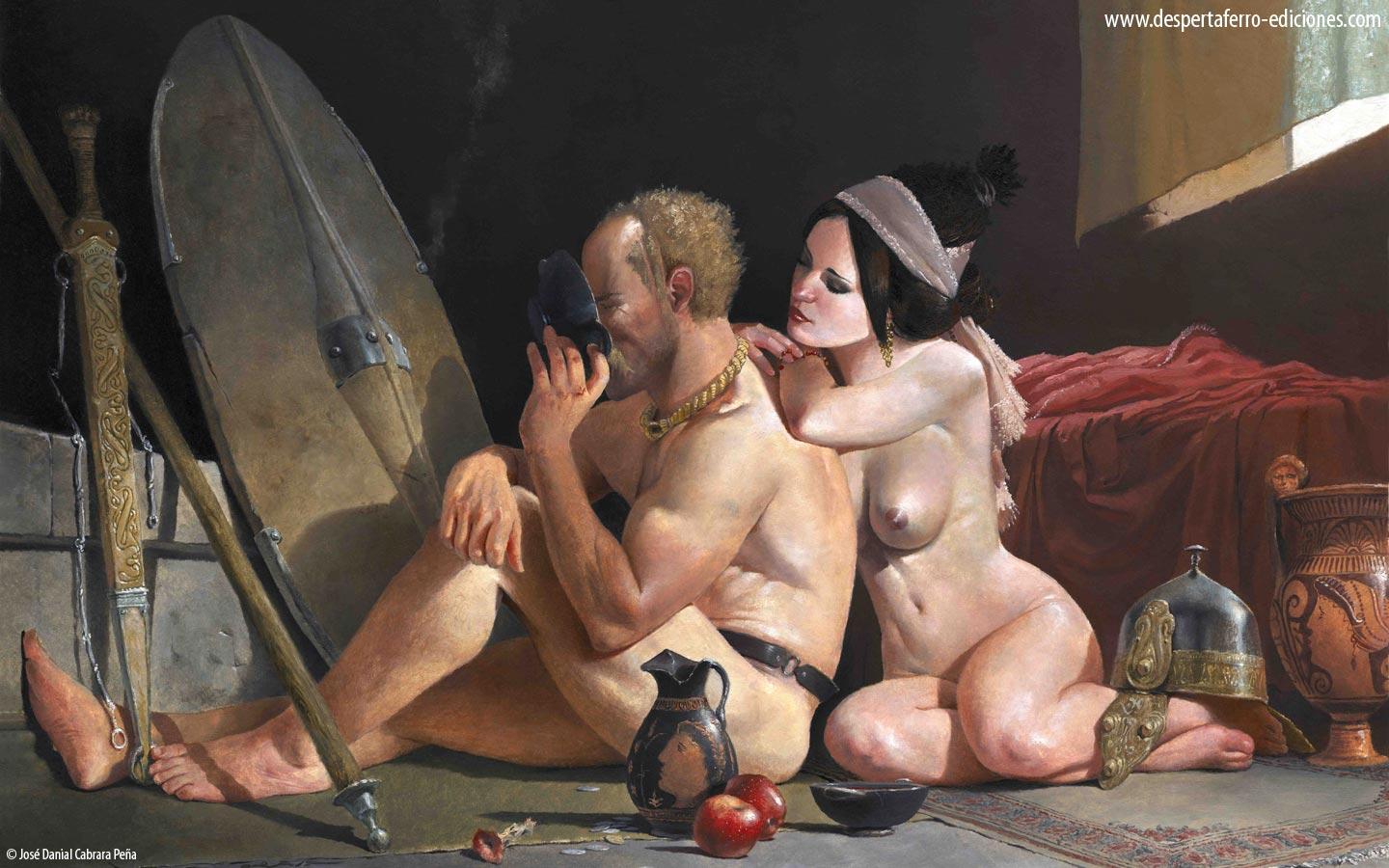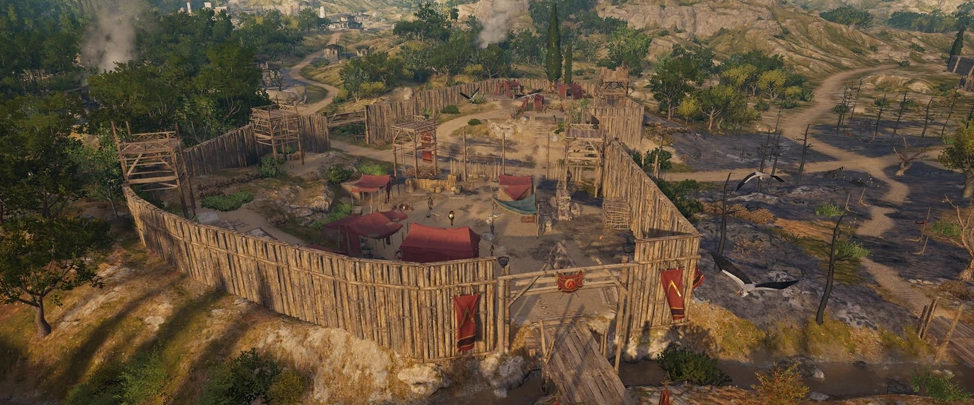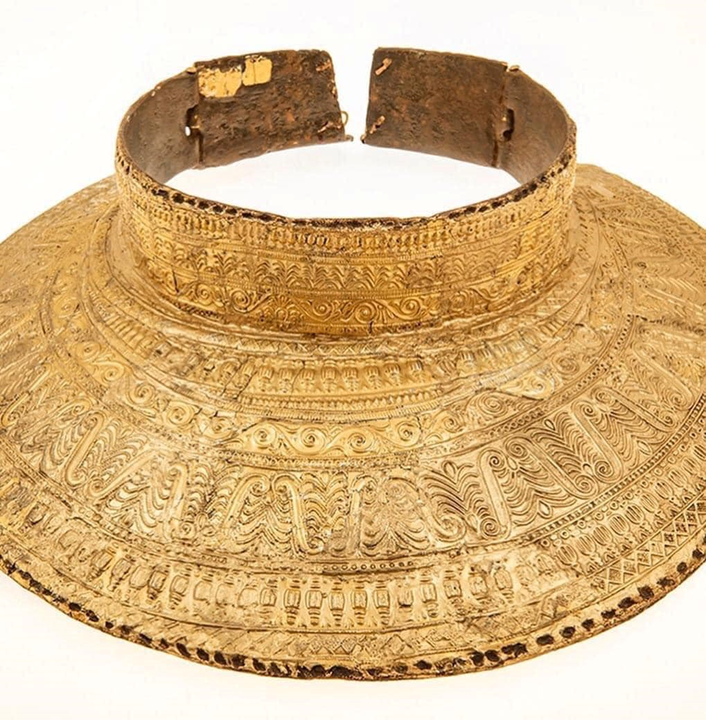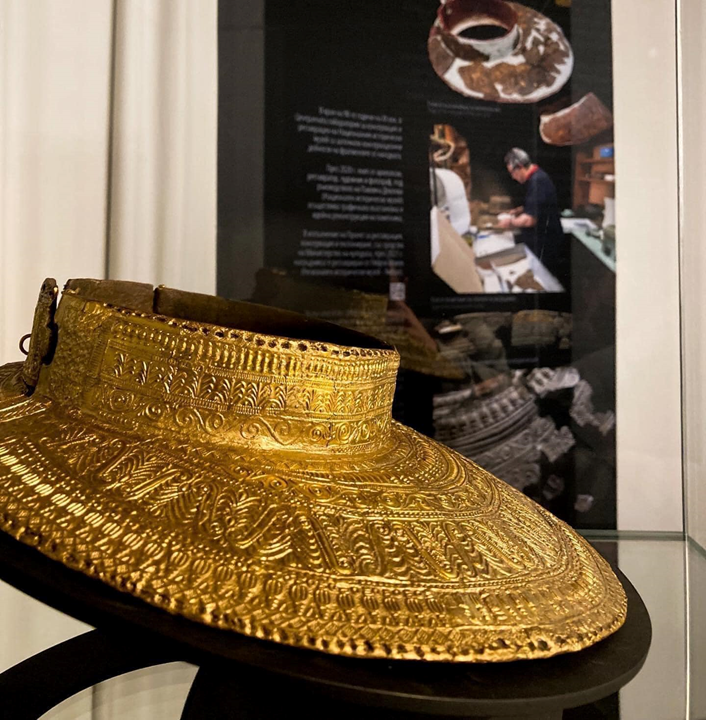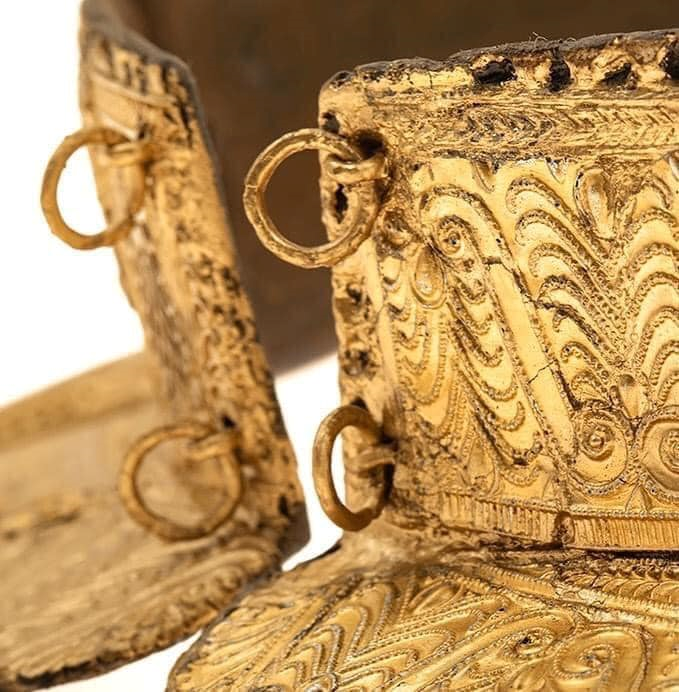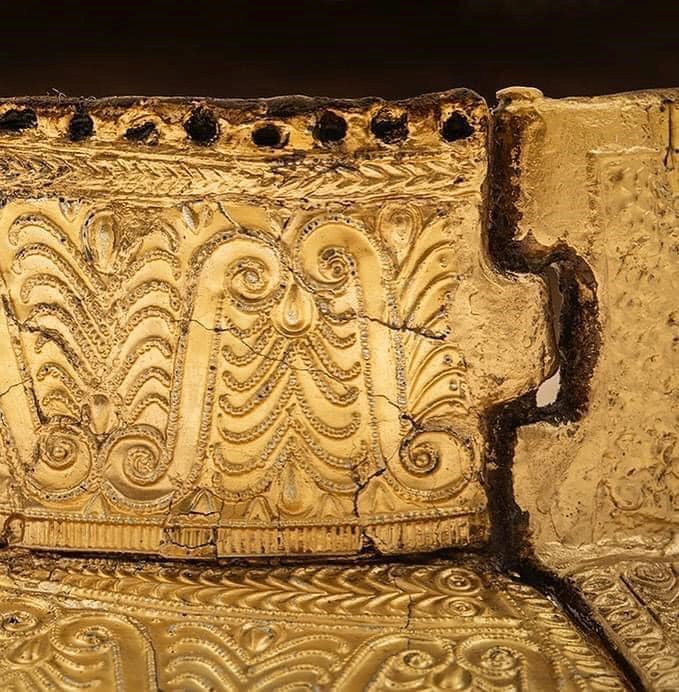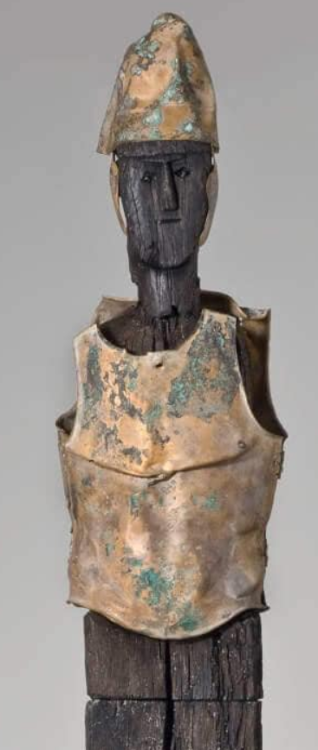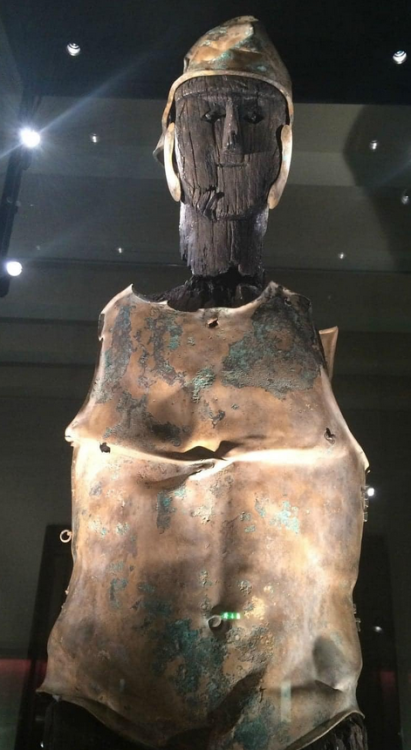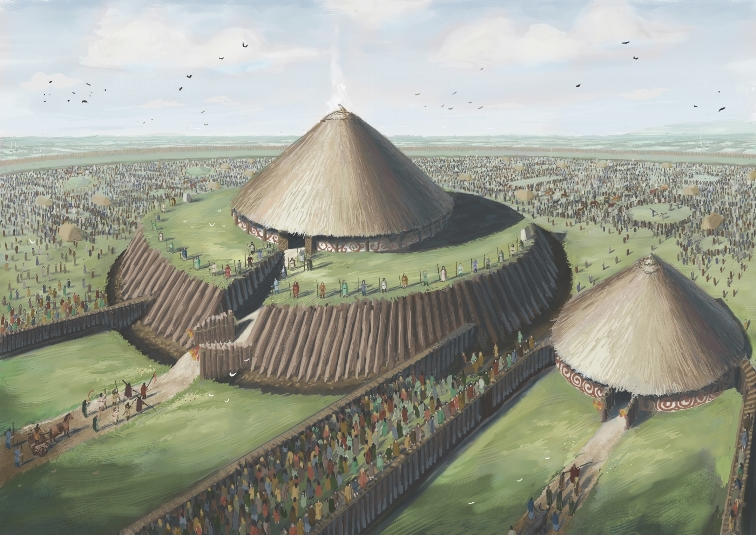-
Posts
2.379 -
Joined
-
Last visited
-
Days Won
80
Everything posted by Genava55
-
Yes, the coat of arms has no connection with a previous symbol. It is due to the modernisation of Switzerland and the fall of the Helvetic Republic made by Napoléon. The author of the coat of arms wanted to make a direct reference to the republic system. A small anecdote, during the WWII they modified the coat of arms to add a swiss cross to distinguish it from the fascist symbol, they removed the cross in 1951 when it was not necessary anymore.
-
.thumb.jpg.b21ca1d0c15fb56b42c39b25a0a40815.jpg)
The "Alpha" label is scaring off new users from trying the game
Genava55 replied to Thunderforge's topic in Help & Feedback
I don't know. The development of new civs has nothing to do with the core development of the game. Stan said that multiple times. It is not the same people working on those. From what I understand, the biggest issues pending are related to the core of the code. Is there a list of the remaining jalons before Beta? -
.thumb.jpg.b21ca1d0c15fb56b42c39b25a0a40815.jpg)
Archaeological potpourri
Genava55 replied to Gurken Khan's topic in Introductions & Off-Topic Discussion
That's off-topic. We should move on. Let's not make this thread a new mess. It is repulsive for everyone. -
.thumb.jpg.b21ca1d0c15fb56b42c39b25a0a40815.jpg)
Archaeological potpourri
Genava55 replied to Gurken Khan's topic in Introductions & Off-Topic Discussion
Yeah, Gennaro Sangiuliano, the current minister of culture, is really dangerous. He has a fascination for authoritarian figures. -
.thumb.jpg.b21ca1d0c15fb56b42c39b25a0a40815.jpg)
The "Alpha" label is scaring off new users from trying the game
Genava55 replied to Thunderforge's topic in Help & Feedback
Furthermore, the "alpha" label is very repulsive for modders. There is nothing worse than spending time tracking patches for a mod. This issue is currently known from M&B Bannerlord and several big mods are complaining about the current development of the game that multiplied mod-breaking patches the last 6 months. -
-
.thumb.jpg.b21ca1d0c15fb56b42c39b25a0a40815.jpg)
Archaeological potpourri
Genava55 replied to Gurken Khan's topic in Introductions & Off-Topic Discussion
-
.thumb.jpg.b21ca1d0c15fb56b42c39b25a0a40815.jpg)
Age of Empires 2 Definitive Edition
Genava55 replied to Lion.Kanzen's topic in Introductions & Off-Topic Discussion
-
.thumb.jpg.b21ca1d0c15fb56b42c39b25a0a40815.jpg)
Archaeological potpourri
Genava55 replied to Gurken Khan's topic in Introductions & Off-Topic Discussion
The breastplate made of precious metals was discovered during the archaeological research of the "Tsvyatkova" burial mound, the "Kosmatka" necropolis in the Shipka - Sheinove lands, in the valley of the Thracian kings. The gorgeret is made of different elements and materials. The base is a massive, moon-shaped iron collar covering the chest, shoulders and back. An embossed silver plate with solid gilding and exquisite decoration completely covers the iron base. The restored item belongs to the group of so-called "Mezek" breastplates, common in Thrace in the second half of the IV century BC. The breastplate is part of the rich gold and silver grave offerings found in the barrow. The decorated breastplate belongs to the protective ceremonial weapons. Its discovery, together with numerous arrowheads, spears, knives, a horse skeleton, numerous ornaments of horse harness, silver fragments and other decorated objects, suggests that it belonged to a noble person. -
.thumb.jpg.b21ca1d0c15fb56b42c39b25a0a40815.jpg)
Archaeological potpourri
Genava55 replied to Gurken Khan's topic in Introductions & Off-Topic Discussion
Personally I see an armor as a weapon. This is why armors is also a topic of the study of weaponry. Both the words arms and armors derived from Latin arma and armatura, which both can be applied to defensive and offensive equipment. In French, the definition of armure is: "Ensemble des armes défensives qui protègent le corps et les membres, comme le casque, la cuirasse, etc.", thus an armor is a weapon. In German, the word Rüstung is applied for armament too. https://de.wiktionary.org/wiki/Rüstung In English, the definition from Britannica of the word weapon is vague and include the idea of defensive means: https://www.britannica.com/dictionary/weapon The etymology of weapon clearly shows it was also used for defensive equipment like armors: https://en.wiktionary.org/wiki/weapon Thus, an armor is a piece of weaponry. Therefore a weapon. -
.thumb.jpg.b21ca1d0c15fb56b42c39b25a0a40815.jpg)
Age of Empires 2 Definitive Edition
Genava55 replied to Lion.Kanzen's topic in Introductions & Off-Topic Discussion
-
.thumb.jpg.b21ca1d0c15fb56b42c39b25a0a40815.jpg)
Archaeological potpourri
Genava55 replied to Gurken Khan's topic in Introductions & Off-Topic Discussion
A Greek wooden trophy that was installed after a victory on the battlefield. The weapon of the defeated is attached to it, 4th century BC. From the exhibition SALAMIS 480 in the Antique Collection of the Munich Glyptothek -
.thumb.jpg.b21ca1d0c15fb56b42c39b25a0a40815.jpg)
===[TASK]=== Crowd Sourced - Thracians (Faction)
Genava55 replied to Cleo's topic in Game Modification
Thanks a lot for the hard work! Good. I don't understand the idea behind this concept. It should represent a generic Odrysian leader? What would be the role of this unit? Why on foot? A cavalryman should be enough I guess. There is already an Odrysian guard as champion infantry. It should be a mercenary hoplite. Odrysians didn't train hoplites but they hired them as auxiliaries or mercenaries. Fighting with a rhomphaia I guess? Yes, it could be a plausible name. Is there any evidence for war chariot among Thracians, furthermore with archers? I don't think so. I would say it is better to depict the Getae among the auxiliaries and as a horse archer unit. -
.thumb.jpg.b21ca1d0c15fb56b42c39b25a0a40815.jpg)
Age of Empires 2 Definitive Edition
Genava55 replied to Lion.Kanzen's topic in Introductions & Off-Topic Discussion
Byzantines called themselves Romans. Edit: in the DLC, the campaigns for the Romans are based on Trajan's reign. While the new Romans faction added in AoE2 is based on 395 AD Rome. The description from the webpage: <<In game, the Romans date back to about 395 C.E., making them contemporaries with the Goths, Celts, Britons, Franks, Persians, etc. By this period in Late Antiquity and Early Middle Ages – Rome was a crumbling shadow of its former glory. Plagued by an inability to pay its soldiers, lack of manpower, and its older fortifications in disrepair, they could not face the invasions of their former provinces or fend off attacks closer to home. By the time of Attila, Rome simply couldn’t field any large armies of note, and relied on Germanic tribes to guard their frontiers, but those tribes often went rogue and became enemies instead. The old Roman-controlled area was inundated with an influx of different peoples who settled the land, bringing their own culture and customs, annihilating the old Roman ways. By the end, Rome could not overcome a collapsing economy, loss of manpower, an inability to pay troops, plus bad leadership. When the “official” end in 476 came with the ousting of the last Roman emperor by a Germanic king, the Roman Empire had already silently melted away.>> So even if it is not really correct, it seems they indeed depicted the Romans as the Western Roman empire... -
.thumb.jpg.b21ca1d0c15fb56b42c39b25a0a40815.jpg)
Age of Empires 2 Definitive Edition
Genava55 replied to Lion.Kanzen's topic in Introductions & Off-Topic Discussion
-
.thumb.jpg.b21ca1d0c15fb56b42c39b25a0a40815.jpg)
Age of Empires 2 Definitive Edition
Genava55 replied to Lion.Kanzen's topic in Introductions & Off-Topic Discussion
Probably to fit with the Goths and the Huns... Although I find it really weird they are including the dromon only for the Romans while it was a Byzantine warship as well. Edit: I must correct my claim, it seems they gave the dromon to the Byzantines too. According to aoe forum. -
.thumb.jpg.b21ca1d0c15fb56b42c39b25a0a40815.jpg)
The Gauls, religiously gore and gruesome
Genava55 replied to Genava55's topic in Tutorials, references and art help
-
.thumb.jpg.b21ca1d0c15fb56b42c39b25a0a40815.jpg)
Age of Empires 2 Definitive Edition
Genava55 replied to Lion.Kanzen's topic in Introductions & Off-Topic Discussion
Return of Rome review and testing -
.thumb.jpg.b21ca1d0c15fb56b42c39b25a0a40815.jpg)
Others RTS - Discuss / Analysis
Genava55 replied to Lion.Kanzen's topic in Introductions & Off-Topic Discussion
Get your first look at gameplay from the newly announced console versions of Gord, the upcoming dark fantasy strategy game that's inspired by Slavic folklore, and created by some former members of CD Projekt Red. Gord will be released this summer for PC, PS5, and Xbox Series X|S. -
.thumb.jpg.b21ca1d0c15fb56b42c39b25a0a40815.jpg)
Others RTS - Discuss / Analysis
Genava55 replied to Lion.Kanzen's topic in Introductions & Off-Topic Discussion
Which one? Lol. As I said to you, the topic you are mentioning had his last message in July 2021... -
.thumb.jpg.b21ca1d0c15fb56b42c39b25a0a40815.jpg)
Age of Empires 2 Definitive Edition
Genava55 replied to Lion.Kanzen's topic in Introductions & Off-Topic Discussion
@Lion.Kanzen Last post was July, 2021. I scrolled to the 6th page to find it!

